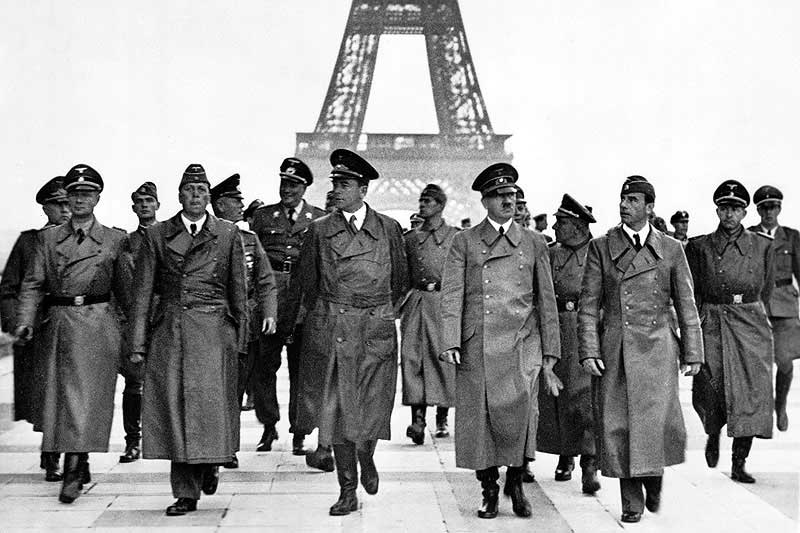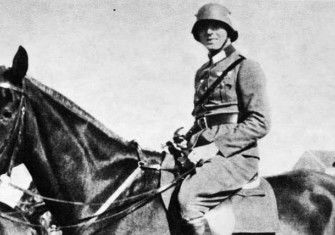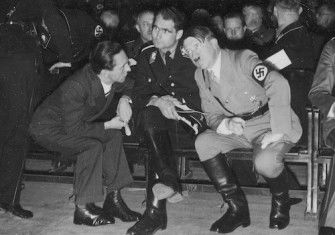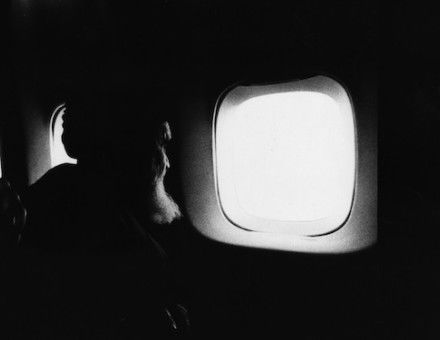An Odious Story
A narrative history from the peak of Hitler’s powers up to his demise.

Some 75 years after their demise, Hitler and the Third Reich are arguably bigger business now than they have ever been. Their story still dominates television history, while popular history publishing is seemingly as dependent as ever on repackaging and reselling the baleful story of the former Bohemian corporal and his acolytes.
Bearing that in mind, it is interesting to note the arrival of the second volume of Frank McDonough’s The Hitler Years, taking events from the beginning of 1940 – with Hitler arguably at the peak of his powers – up to that grim demise in 1945. McDonough, a professor of international history at Liverpool John Moores University, is the author of a number of excellent monographs on, for instance, the Gestapo, or the run up to war in 1939.
The Hitler Years marks something of a departure, however, aiming squarely at a more popular market, with a straightforward chronological narrative which – while drawing on the author’s academic background – nonetheless wears its expertise lightly. The result is an impressive tome, beautifully presented, with a host of illustrations.
McDonough’s narrative rattles along, constantly engaging and enlightening and thankfully free from turgid academic jargon and modish buzzwords. Narrative is a skill the importance of which is perhaps underestimated in academic circles, where other aspects of the historian’s art are nowadays more highly prized. Yet the difficulty of maintaining tension and engaging the reader over 600 pages of a familiar story should not be underestimated. In that task, McDonough succeeds admirably.
McDonough is also reassuringly sensible in the historiographical positions that he adopts. He errs towards the structuralist view on the Holocaust, for instance, concluding that that monstrous crime was ‘not as coordinated or as predetermined as is often supposed’. He is also scathing of the view, now thankfully rather rare among serious commentators, that Hitler alone drove events, suggesting that the Führer and his senior commanders were much more united in outlook and intention than the latter were ever willing to admit.
Despite its impressive narrative sweep, The Hitler Years is arguably at its best when it detours into discrete, set-piece digressions, such as those on the White Rose protests led by the student Sophie Scholl – a subject especially close to the author’s heart – or the Stauffenberg bomb plot of July 1944. On these areas, McDonough is a sure-footed guide, as confident in relating the minutiae as he is with the bigger picture and adept at weaving the two together into a coherent whole.
There are a few caveats, of course. A book with as broad a scope as this would have benefited from a few more maps and some of those that there are would have benefited from a specialist eye. Also, though it is understandable that the primary focus should be on events in the various military theatres, a few more diversions to the German home front would have served well to explain better how that country continued the fight long after the possibility of victory had eluded it.
But these are minor points. The Hitler Years is no half-hearted rehash, it is a treat of narrative history. It may be a little thin on novelty, but it is a splendid work of synthesis and, as such, it is as readable as it is authoritative. Rarely has the odious story of the Third Reich been so elegantly presented.
The Hitler Years: Disaster 1940-1945
Frank McDonough
Head of Zeus 656pp £35
Roger Moorhouse’s latest book is First to Fight: The Polish War 1939 (The Bodley Head, 2019).






